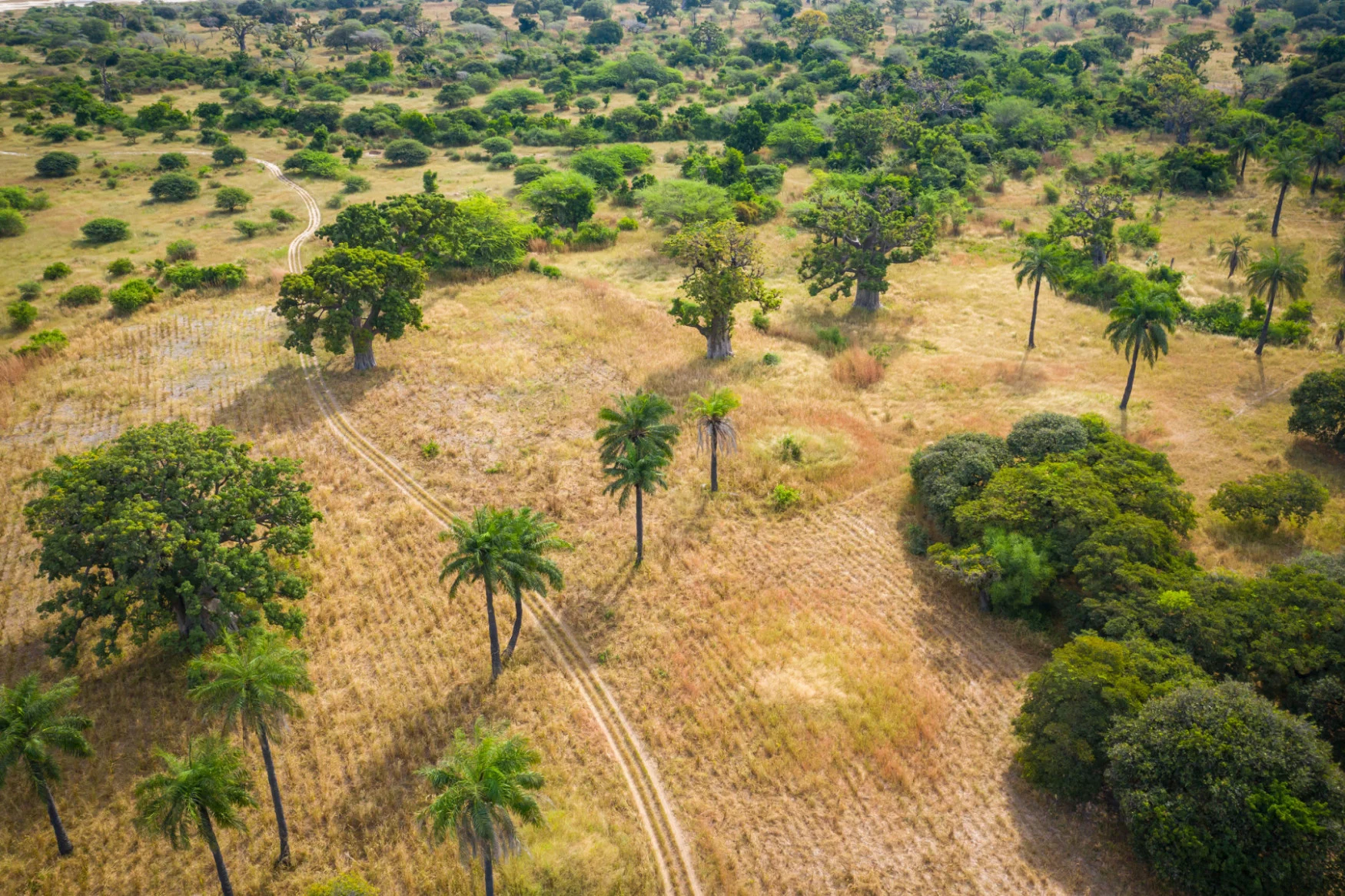
What is Africa's Great Green Wall and how could it affect the climate?
The Great Green Wall could capture enormous amounts of carbon and bring much-needed rainfall to arid regions across Africa, but some scientists say that more research needs to be done on its potential impacts on the global climate before it is completed.
Many parts of northern Africa, such as the Sahel and Sahara regions, are arid with vast deserts that experience wild swings in temperatures and precipitation patterns. However, this area was once covered in lush vegetation roughly 10,000 years ago because of the way Earth orbited the Sun.
Earth’s orbit has since changed and resulted in new climates across the planet, but some environmentalists have stated that the Great Green Wall initiative could restore the Sahel and Sahara regions to their once green landscapes.
The initiative's website states that “the Great Green Wall is an African-led movement with an epic ambition to grow an 8,000 km natural wonder of the world across the entire width of Africa.” Over 20 African countries are collaborating to plant trees and plants that will connect Senegal in the west to Djibouti in the east through this envisioned green belt. The initiative has been active for ten years and is approximately 15 per cent complete.
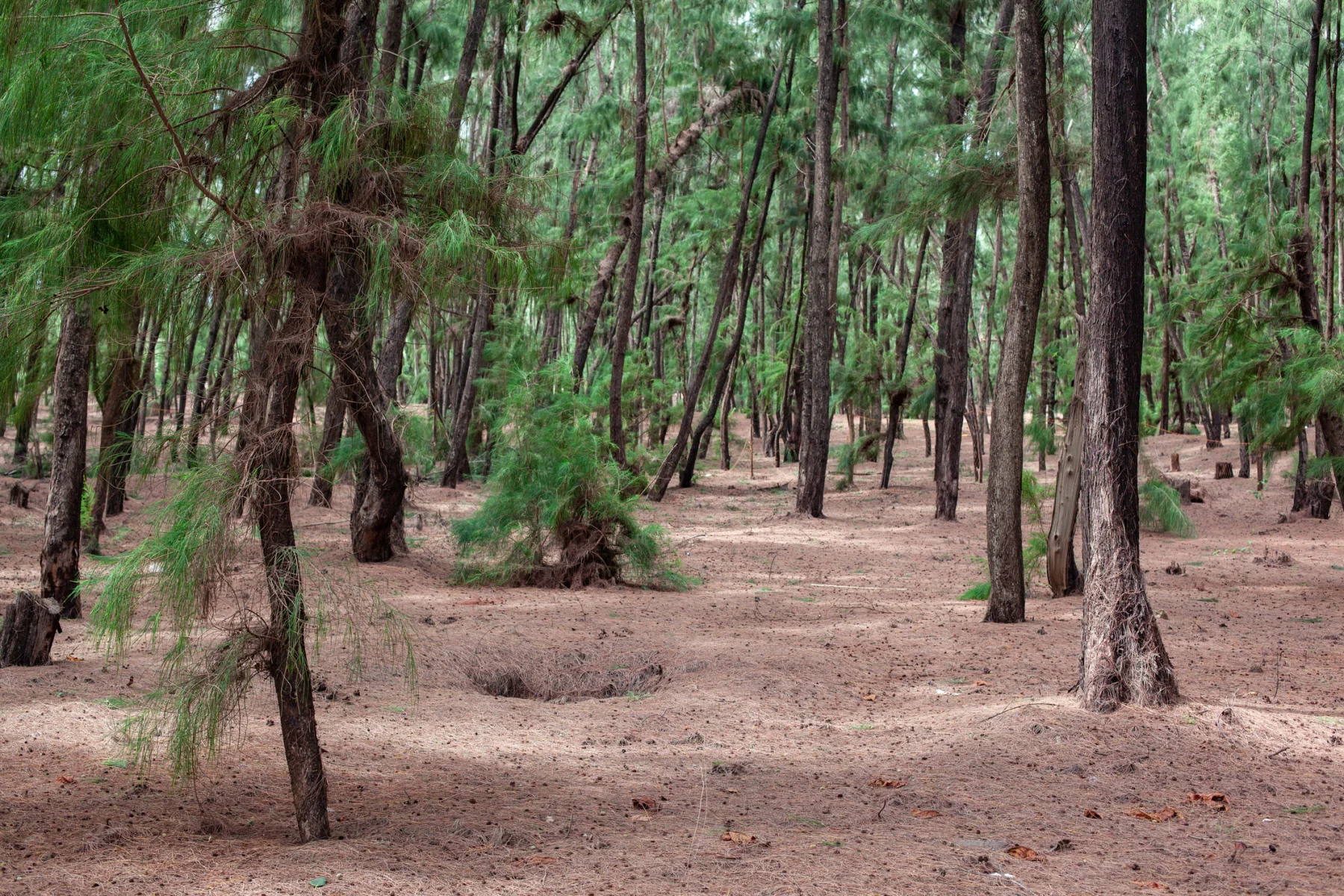
Trees in Lompoul, Senegal forming part of the Great Green Wall. (Geraint Rowland Photography/ Moment/ Getty Images)
Proponents of the Great Green Wall have stated that this green corridor will improve biodiversity and protect against the current impacts climate change is having on this region, such as crop yields suffering under warming temperatures and rainfall patterns affecting agricultural productivity. The initiative’s website states that 18 million hectares of degraded lands have been restored and 350,000 jobs have been created across the Sahel and the Great Green Wall countries.
A 2019 study published in Regional Environmental Change reported that the Sahel region “is characterized by one of the most challenging biophysical environments on the planet” with high levels of poverty and “low indicators for health, education, and standard of living.” Agriculture and/or livestock production make up 70 to 92 per cent of the main livelihood activity for Sahelian populations.
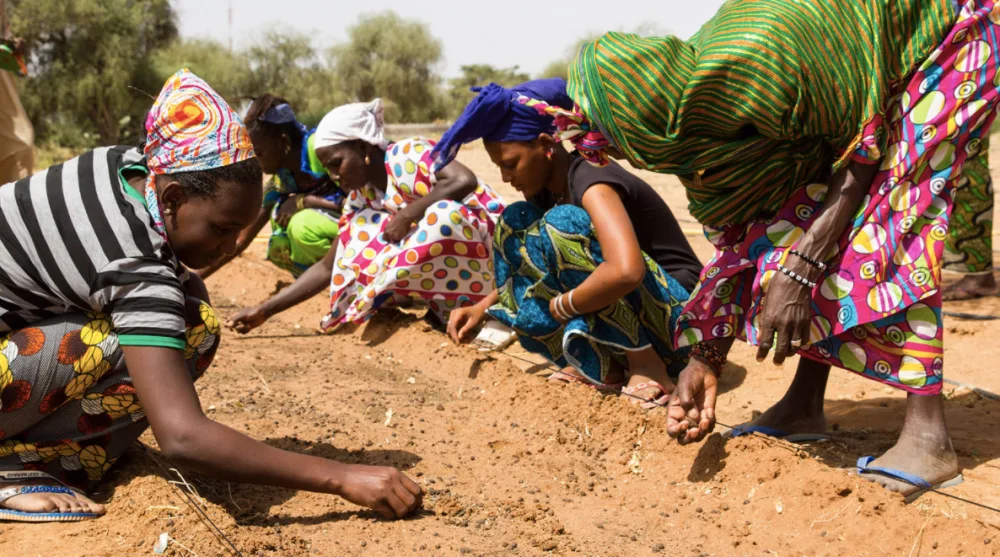
Women planting seeds that will one day be part of the Great Green Wall. (Great Green Wall)
The Sahara desert, one of the largest and hottest deserts on the planet, is growing and has expanded roughly 10 per cent since 1920, and scientists have stated that this is partly due to climate change. Several initiatives have come before the Great Green Wall in attempts to prevent desertification and drought, such as Algeria’s Green Dam in 1971 and the green belt in Nouakchott, Mauritania initiated in 1975.
These projects saw limited success and received significantly less international support than the Green Great Wall. On January 11, 2021 at the One Planet Summit, French President Emmanuel Macron announced the Great Green Wall multi-actor Accelerator, which will coordinate all contributors involved in the initiative while monitoring and measuring the impact of their contributions.
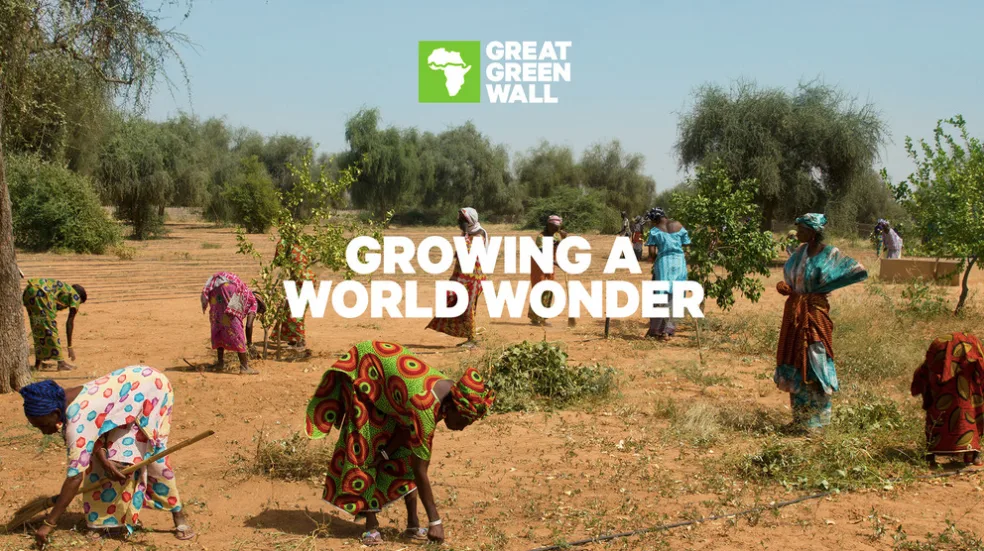
Proponents of the Great Green Wall hope that it will become a world wonder. (Great Green Wall)
However, some scientists have noted that there are considerations that should be made about how this initiative could impact the climate on both a regional and global scale.
Dr. Francesco Pausata, a professor at the University of Quebec, has stated that many of these regions have not been forested for several thousand years, and there isn’t much research that explores what could happen to the climate if the Great Green Wall is completed.
“[The Great Green Wall] can really strengthen the West African Monsoon. A strengthening of the West African monsoon can have consequences, not just locally, but also far afield,” Pausata said in an interview with The Weather Network.
“Unfortunately, there are not many studies that have been done to see what are the climate impacts, not just on a local level, which is probably good, because it's going to give more rain to the local population. But what about the potential impact on hurricanes? There are not many studies done on this.”
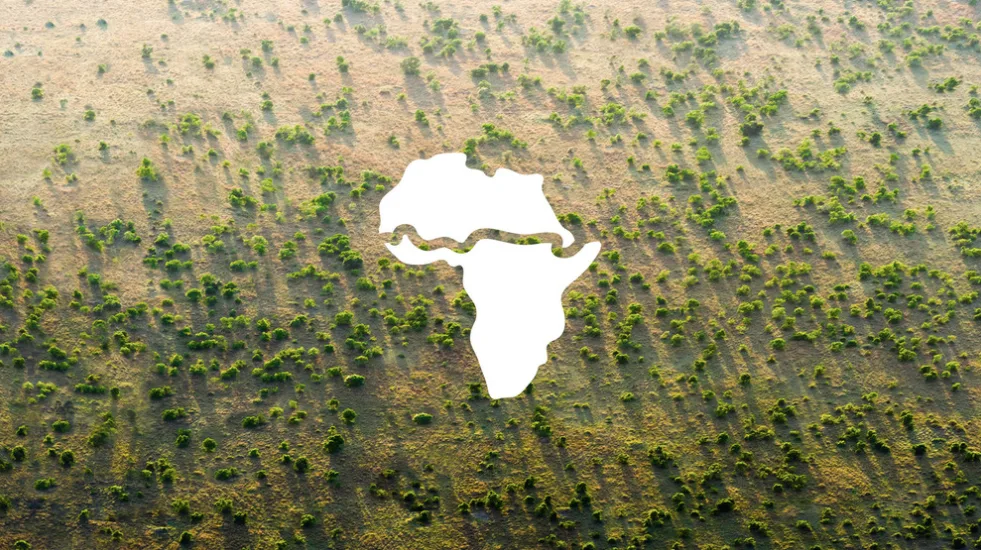
An illustration showing what the Great Green Wall stretching from coast to coast across Africa. (Great Green Wall)
The West African Monsoon (WAM) is a complex wind system that blows southwesterly during warm months and northeasterly during cooler months. WAM is the main source of rainfall in the agricultural regions of Sahel and Pausata said it plays a significant influence on the socio-economic stability of millions living in sub-Saharan Africa.
Pausata’s research finds that during the “Green Sahara” time period about 10,000 years ago, WAM increased summer rainfall that expanded North African lakes, wetlands, and other green ecosystems. Early climate modelling shows that the Great Green Wall could not only impact WAM, but also ENSO (El Niño and La Niña) and tropical cyclones, some of which will develop into hurricanes approaching North America.
Given the widespread impacts that ENSO events and hurricanes have on the global population, Pausata is one of several climate scientists investigating the complex influences an 8,000 km-long forest could have on millions of people.
“If you are restoring the vegetation that used to be well then it's totally fine. Actually, that's great. But if we start planting trees where they're not supposed to be, then we are doing some sort of geoengineering project that may have some consequences, and we need to know what those consequences are.”
The Great Green Wall’s official website states that over 19 billion USD total has been pledged by numerous countries and at least 33 billion USD will be needed over the next decade to finalize the project by 2030. The projected outcomes upon completion include: 100 million hectares of degraded land restored, 250 million tons of carbon captured, and 10 million green jobs in rural areas created.
Thumbnail credit: mariusz_prusaczyk/ iStock/ Getty Images Plus












